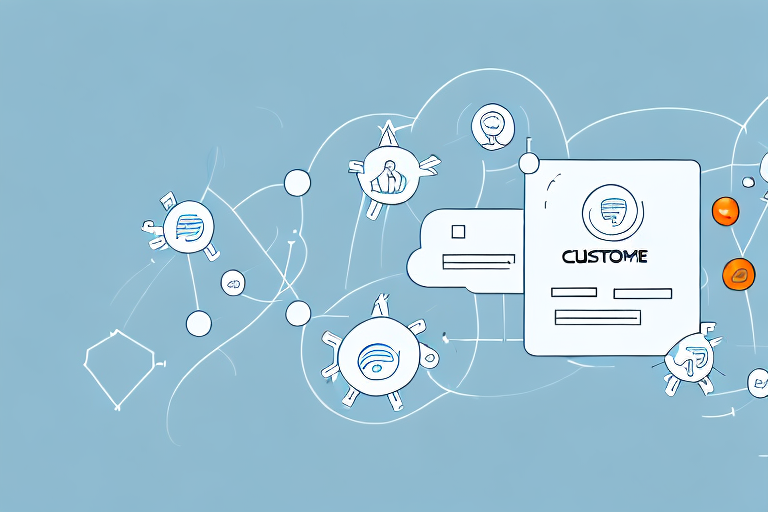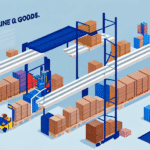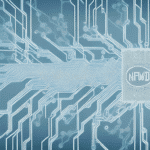Enhance Customer Service by Eliminating Unnecessary Processes
In the competitive business landscape, improving customer service is paramount. While many organizations focus on introducing new technologies, training staff, and enhancing communication, a critical yet often overlooked area is the streamlining of customer service processes. By reducing or removing superfluous steps, companies can significantly enhance the customer experience, making interactions smoother, faster, and more satisfactory. This article delves into the significance of optimizing customer service workflows, methods to identify and eliminate redundant processes, and best practices for implementing these changes seamlessly.
The Importance of Streamlining Customer Service Processes
The customer service process encompasses the sequence of actions businesses undertake to resolve customer issues or address inquiries. An optimized process is characterized by its speed, efficiency, and ability to provide customers with the necessary solutions promptly. Conversely, convoluted, redundant, or outdated processes can impede customer satisfaction, causing frustration, delays, and ultimately leading to loss of business. Streamlining these processes is essential for fostering a positive customer experience.
For instance, integrating self-service options such as comprehensive FAQs, intelligent chatbots, or a robust knowledge base empowers customers to resolve common issues independently. According to a Salesforce report, 64% of customers expect companies to respond to their queries in under an hour. Self-service tools not only reduce the volume of inquiries handled by customer service representatives but also provide 24/7 assistance, thereby enhancing customer satisfaction.
Identifying Unnecessary Processes in Your Customer Service Strategy
Mapping Your Current Processes
Begin by creating a detailed map of your existing customer service workflows. Document each step involved and identify points where customers may experience delays or confusion. This visualization helps in discerning which steps add value and which are redundant or non-essential.
Gathering Customer Feedback
Collect feedback directly from your customers through surveys or post-interaction questionnaires. Understanding their pain points and areas of frustration can highlight processes that may need revision or elimination.
Regular Process Reviews
Customer needs evolve, and so should your service processes. Regularly review and update your workflows to ensure they remain aligned with current customer expectations and business objectives. This proactive approach prevents the accumulation of outdated or unnecessary steps.
Understanding the Impact of Unnecessary Processes on Customer Experience
Redundant steps in the customer service process can negatively impact customer satisfaction. Examples include prolonged wait times, repetitive information requests, and overly complex call scripts. Such inefficiencies can lead to customer frustration and diminished loyalty.
A study by Help Scout found that 70% of customers have churned because of poor customer service. Eliminating unnecessary processes not only streamlines the experience but also respects the customer's time, thereby fostering loyalty and boosting revenue.
The Benefits of Simplifying Your Customer Service Process
Simplifying customer service workflows offers numerous advantages:
- Increased Customer Satisfaction: Faster and more straightforward processes lead to happier customers.
- Cost Reduction: Efficient workflows reduce the time staff spend on non-essential tasks.
- Enhanced Staff Productivity: Simplified processes allow employees to focus on more complex and value-adding activities.
- Better Data Insights: Streamlined processes facilitate the collection of accurate and actionable customer data.
For example, implementing automated systems can lead to a 20% increase in customer satisfaction scores, as reported by Forrester.
Tips for Eliminating Unnecessary Steps in Your Customer Service Workflow
Involve Your Staff
Engage your customer service team in identifying inefficiencies. Their firsthand experience can provide valuable insights into which steps may be trimmed or refined.
Leverage Technology
Invest in technologies such as chatbots and self-service portals to automate routine tasks. According to IBM, chatbots can handle up to 80% of standard customer queries, freeing human agents to tackle more complex issues.
Implement Clear Escalation Procedures
Ensure that removing steps does not compromise the ability to handle escalations effectively. Establish clear guidelines for when and how issues should be escalated to maintain service quality.
The Risks of Maintaining Outdated or Redundant Processes
Clinging to ineffective customer service processes can lead to several risks:
- Customer Attrition: Frustrated customers are more likely to seek alternatives.
- Reduced Productivity: Inefficient workflows can drain employee time and resources.
- Compliance Issues: Outdated processes may fail to meet current regulatory standards, posing legal risks.
Updating your processes mitigates these risks, ensuring consistent and high-quality customer interactions that align with evolving standards and expectations.
Prioritizing Process Changes for Maximum Impact
Focus on High-Impact Areas
Identify changes that will yield the most significant improvements in customer satisfaction and operational efficiency. Prioritize these areas to maximize the return on your optimization efforts.
Implement Quick Wins
Start with changes that are easy to implement and offer immediate benefits. This approach builds momentum and demonstrates the value of process optimization to stakeholders.
Consider Employee Engagement
Ensure that changes positively impact employee satisfaction. Engaged and motivated staff are essential for delivering excellent customer service.
Best Practices for Implementing Process Changes Without Disruption
Gradual Implementation
Introduce changes in phases to minimize disruption. This allows both staff and customers to adapt smoothly to new workflows.
Comprehensive Training
Provide thorough training for your staff to ensure they are comfortable and proficient with the new processes and technologies.
Continuous Monitoring and Feedback
Regularly assess the effectiveness of changes through performance metrics and customer feedback. This enables ongoing refinement and ensures that the new processes meet desired objectives.
Measuring the Success of Your Process Simplification Efforts
To evaluate the effectiveness of your process simplification initiatives, establish clear metrics aligned with your goals. Key performance indicators (KPIs) may include:
- First-Call Resolution Rate: The percentage of issues resolved during the initial contact.
- Customer Satisfaction (CSAT) Scores: Direct feedback from customers regarding their service experience.
- Average Response Time: The average time taken to respond to customer inquiries.
- Employee Productivity: Measures of staff efficiency and engagement.
Utilize tools such as customer surveys, analytics platforms, and performance dashboards to track these metrics. According to Harvard Business Review, businesses that effectively measure and respond to these indicators can achieve up to a 30% improvement in customer satisfaction.
Conclusion
Streamlining your customer service processes can profoundly enhance the customer experience, leading to increased satisfaction, loyalty, and revenue. By systematically identifying and eliminating unnecessary steps, leveraging technology, and involving both staff and customers in the optimization process, your organization can create an efficient and enjoyable service experience. Continual measurement and adaptation ensure that your customer service remains responsive to evolving needs and maintains a competitive edge in the market.




















